Affiliate links on Android Authority may earn us a commission. Learn more.
A smart washing machine gave me a taste of a fully connected home
Updated on October 22, 2022
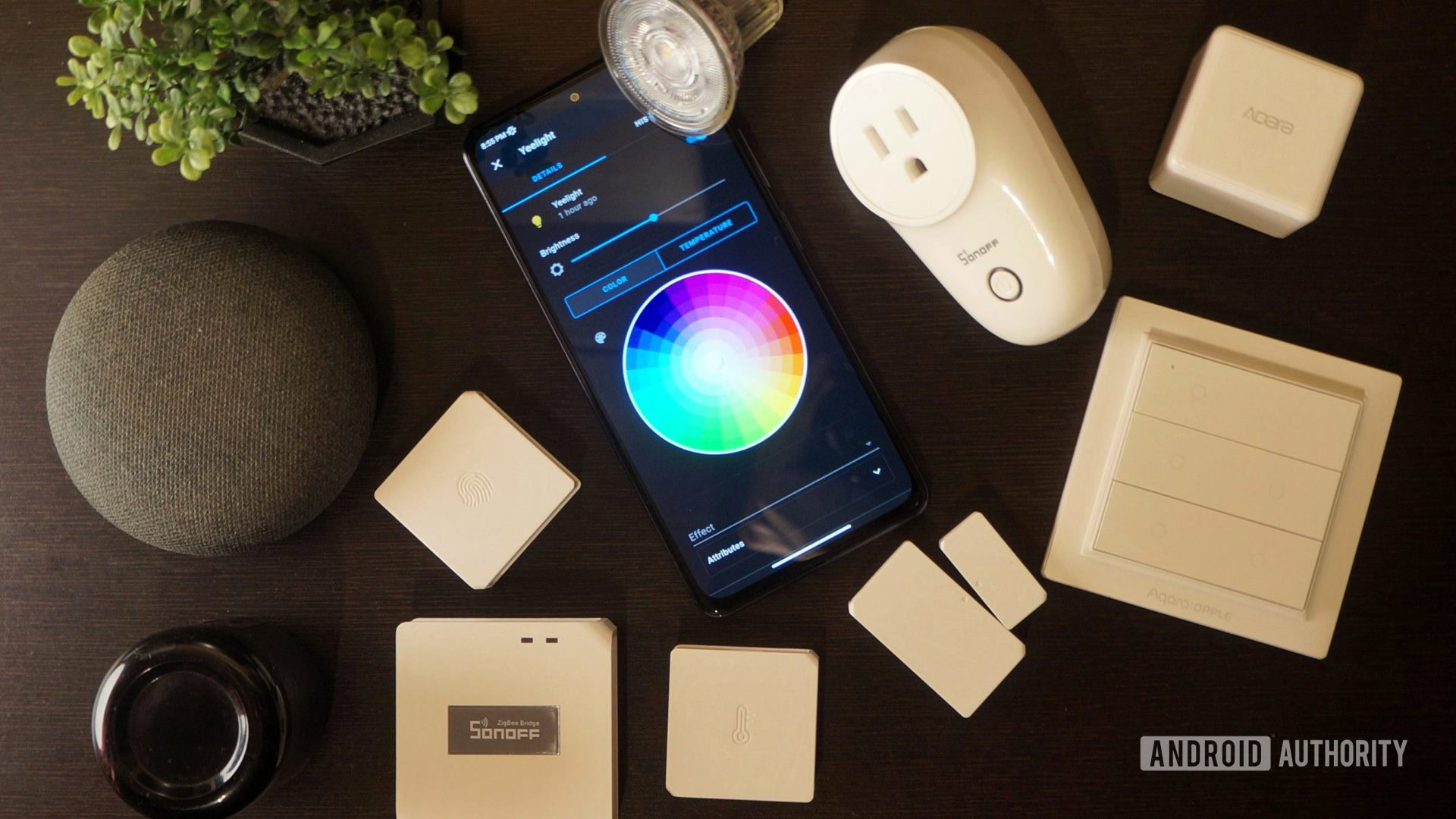
A connected smart home is not alien to me. I’ve been dipping my toes into the world of smart homes ever since the first smart plugs and bulbs hit the market and went so far as to automate my air conditioner with a smart infrared blaster. I’ve even built and written about my own smart light strip solution. So when it came time to replace my old washing machine, the choice was obvious — I needed a fully connected appliance. It’s now been a few months since I switched over to a Samsung smart washing and drying machine, and the experience has been blissful. In fact, I’m convinced that this is the future we’re all heading towards.
Also read: 5 things I wish I’d known before building an advanced smart home
Have you invested in a connected appliance?
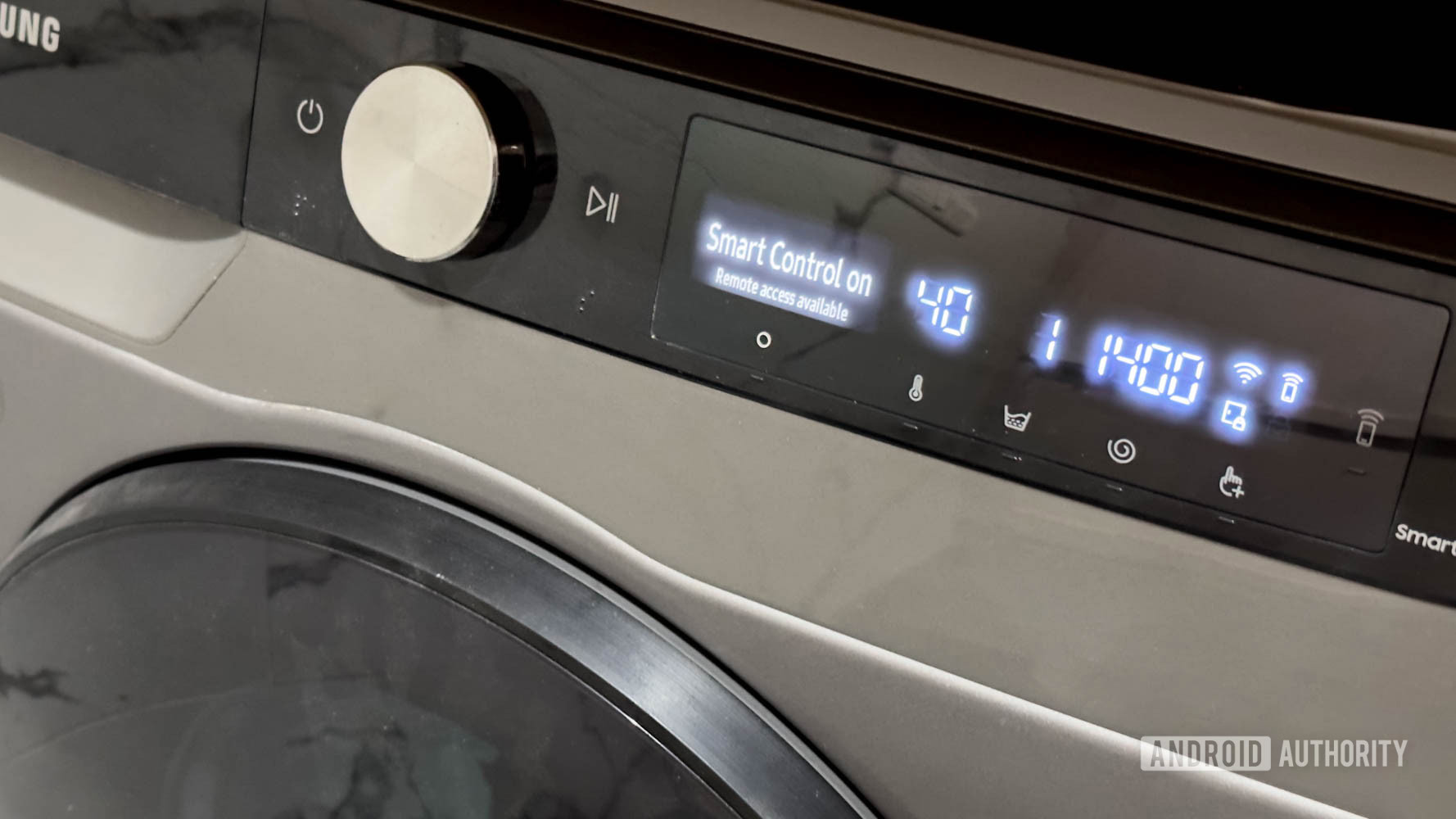
When picking out the washer and dryer, I researched various models suited to my budget. Sure, there were a few models that claimed better cleaning or a larger capacity than the Samsung I was eyeing, but they had no connectivity of any sort. My choice of appliance ended up being the cryptically named Samsung WD80T604DBX/TL. The Star Trek-inspired name might be hard to remember, but it matched up well with the futuristic black and grey design of the machine. But what I truly cared about was all behind the scenes. With its built-in SmartThings-based connectivity, I was excited to integrate the smart washing machine and dryer with the rest of my connected home.
Related: The best Samsung SmartThings devices
Notifications served wherever you prefer
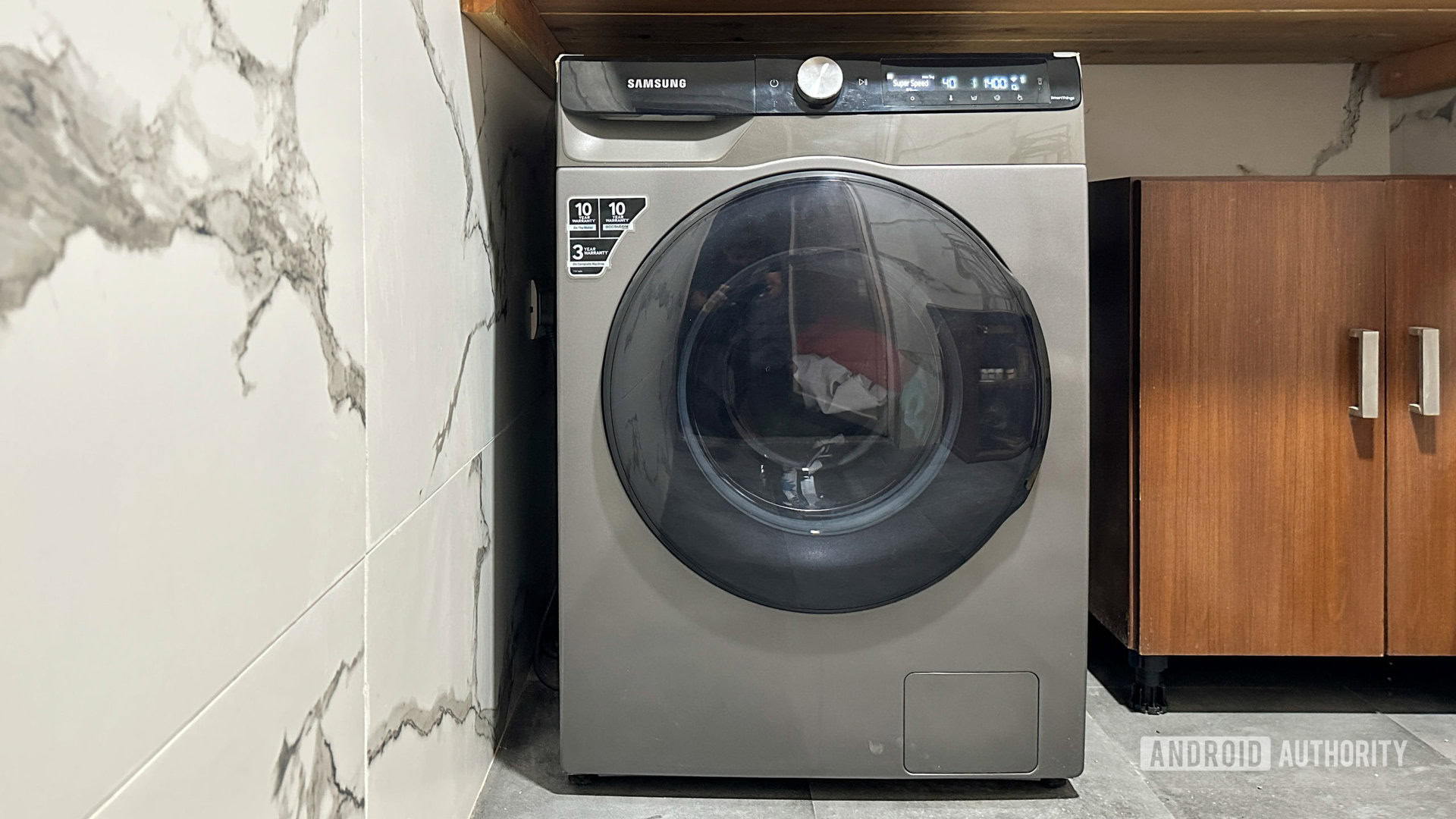
I’ve got the Samsung washer and dryer in a dedicated laundry room on a separate floor from my apartment, so the most obvious use case I needed was notifications. Sure, the app sends you a handy alert any time the machine changes state or finishes a cycle, but it goes a step ahead by integrating with my Google Assistant speakers and loudly announcing that the laundry is ready — I love it. Alexa user? It supports that too. But it doesn’t stop there. Since I use a 43-inch Samsung Frame TV as a monitor, which also supports SmartThings, I get an on-screen notification when my laundry is done. This was hugely important to me because of my habit of forgetting the clothes in the dryer for days.
Related: Ultrawide monitors are overrated, here’s why I use a 4K TV instead
Things get much more interesting if you’ve got an advanced smart home based on Home Assistant. It was relatively easy to integrate the machine into my existing Home Assistant setup, and I was able to tap into the state changes to trigger chimes or change the color of a bulb. Of course, it lets anyone keep a tab on the machine’s current status by taking a quick peek at the dashboard.
But it’s not just announcements that I care about. For one, Samsung’s home appliances include granular energy monitoring, which has helped me keep tabs on my spiking electricity bill. Moreover, the cycle monitoring has been fantastic for notifying me when the filter and drum need to be cleaned. The extra additions aren’t essential, but a smart home is about improving your quality of life, and Samsung’s smart washing machine and dryer does well here.
A better interface
In addition to all the features we’ve already discussed, there’s one more underrated advantage of connected peripherals that has been a secret game changer for me. Traditional appliances like microwaves and washers tend to have unintuitive interfaces with tiny displays that require multiple levels of taps to get to specific settings. I’ve stopped using the onboard controls and rely only on the SmartThings app to dial in the settings.
The SmartThings app is a much more intuitive experience than using the onboard controls.
The app lets me conveniently set temperatures, modes, cycle duration, drying duration, and more. It gets even better if your daily schedule can be slightly all over the place. Often I’ll end up tossing my clothes into the machine and setting a timer for when I need the cycle completed instant of starting it right then. The machine handles all of the scheduling on its own.
Potential pitfalls
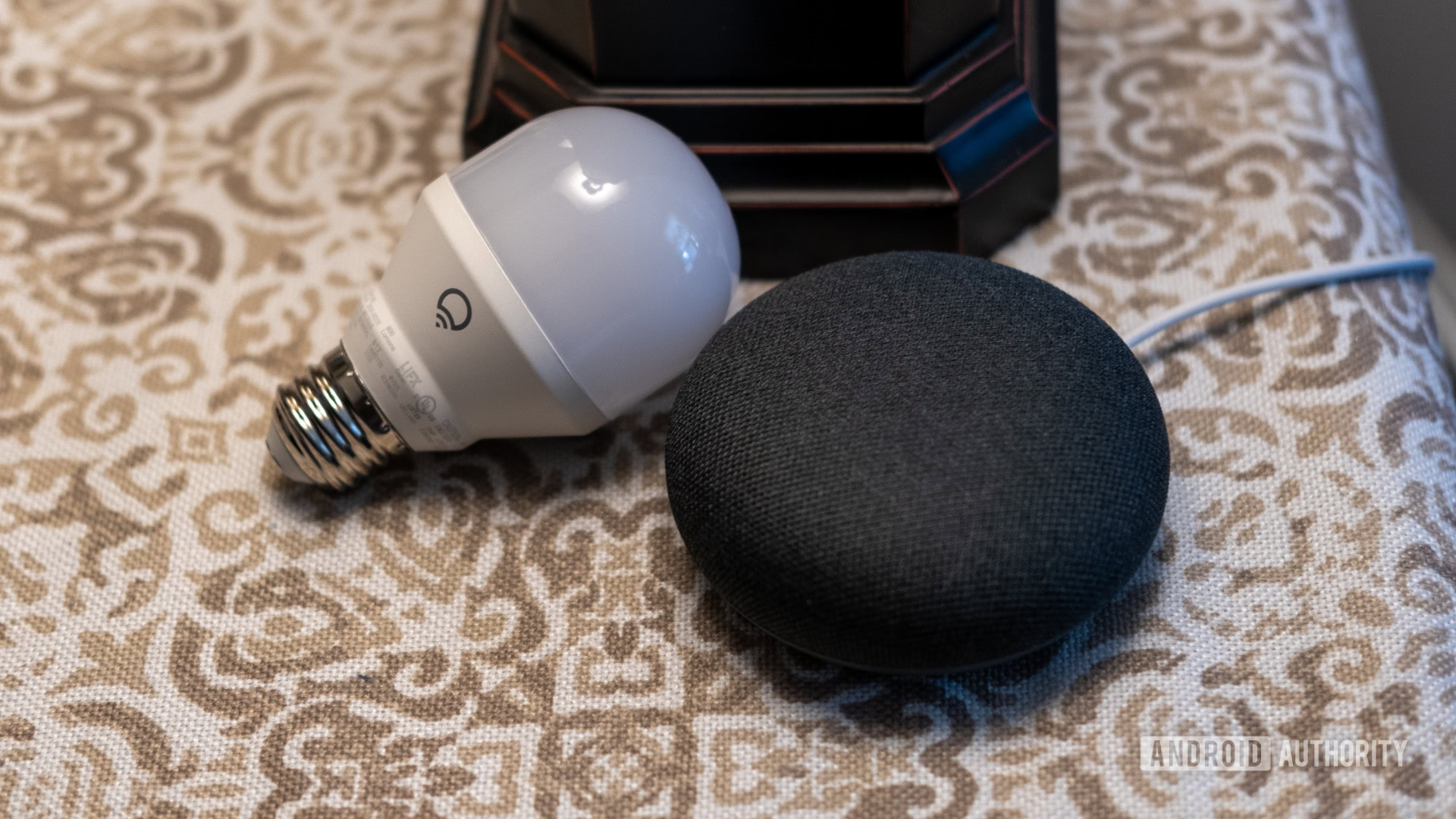
A few months of use later, my personal experience with using a connected washer and dryer has been nearly flawless, but that doesn’t mean it’ll be the same for everyone. For one, a slight but notable premium is attached to connected devices. In the case of this Samsung washer and dryer, the difference was about $100, but it could go higher depending on the brand. Not everyone is willing to pay the premium, but with Samsung going all-in on connected domestic appliances, you might not have an option. You’ll also need to accommodate for wireless connectivity wherever you plan to place the appliance.
Standards evolve, and it remains uncertain if your connected appliance will still be smart a decade down the line.
Another consideration is longevity. A standard appliance can last decades with minor repairs. Adding smart components to it adds complexity. Will the accompanying app still support the appliance a decade from now? Only time will tell. It also makes repairing the equipment that much harder.
Finally, there’s compatibility to be considered. Wireless standards evolve over time, and so do smart home integrations. We’re at the cusp of a major switch over to Thread and Matter as the highways connecting all our smart accessories. Will older connected appliances be cross-compatible? It’s certainly not clear at the moment.
The fully-connected smart home is almost here
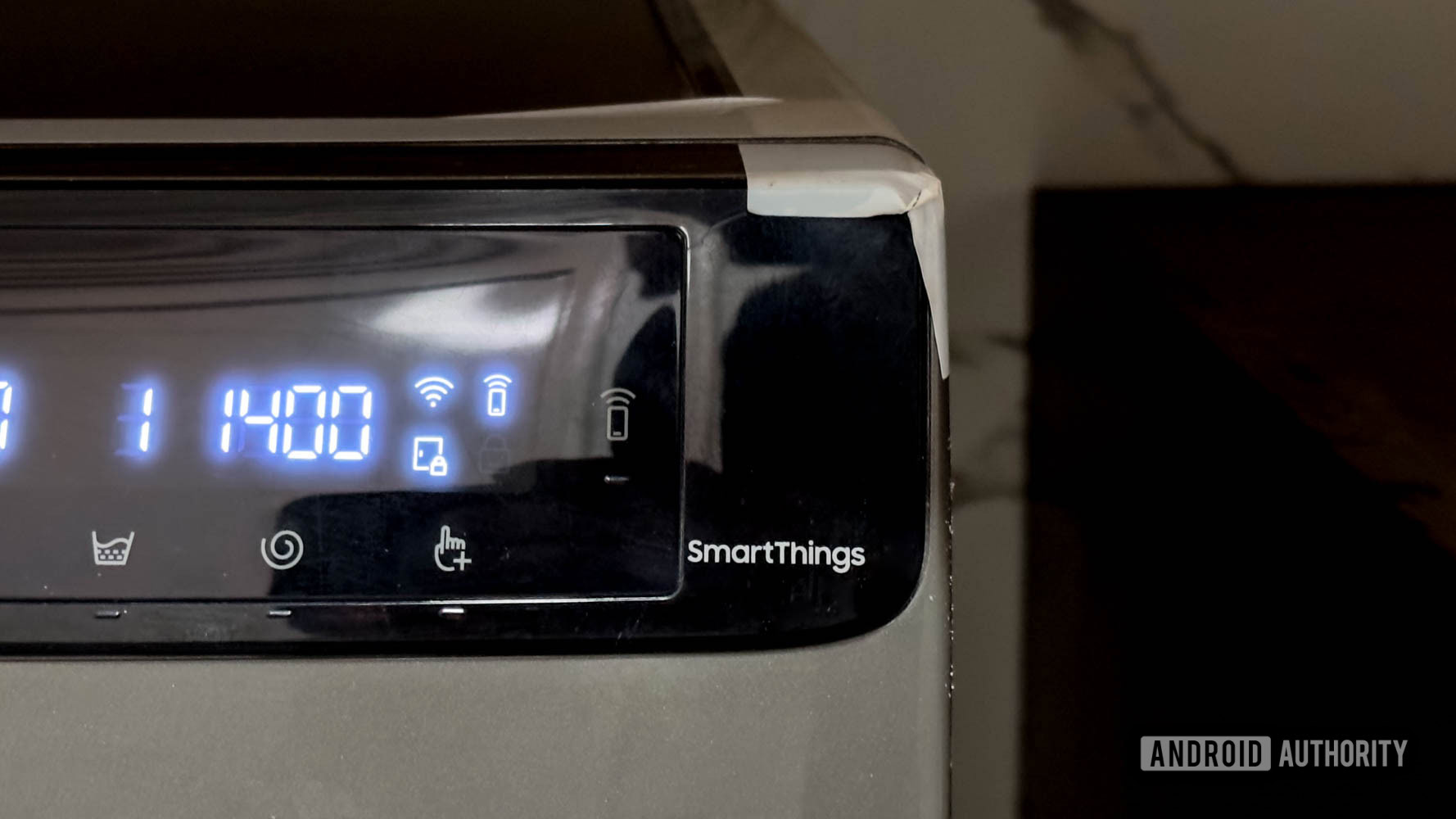
While I believe in the merits of a connected home, I understand that many users remain skeptical. Repairability, longevity, and compatibility remain a concern, of course. There’s also the simple matter that many connected peripherals just don’t do too much, and the functionality can be cast off as superfluous. However, while the early crop of connected devices added little more than start or stop toggles to the software, manufacturers are catching up. Not so surprisingly, Samsung has been taking the lead here, considering the company’s almost decade-old investment in SmartThings. Samsung has gone so far as to confirm that all its appliances will be Wi-Fi enabled by 2023.
The vision of a fully connected home is finally coming to fruition.
However, the bigger picture here is that the vision of a fully connected home is finally coming to fruition. Ecosystems of bulbs, switches, plugs, and locks have flourished, but white goods like domestic appliances have been slow to catch up. Outside of novelty brands and high-end exclusives, app-enabled appliances aren’t commonplace. With Samsung taking the lead here, I expect other brands to match up soon enough, and I can’t wait. If my experience with the smart washing machine and dryer is anything to go by, the future of the connected home is right around the corner, and it is looking amazing.